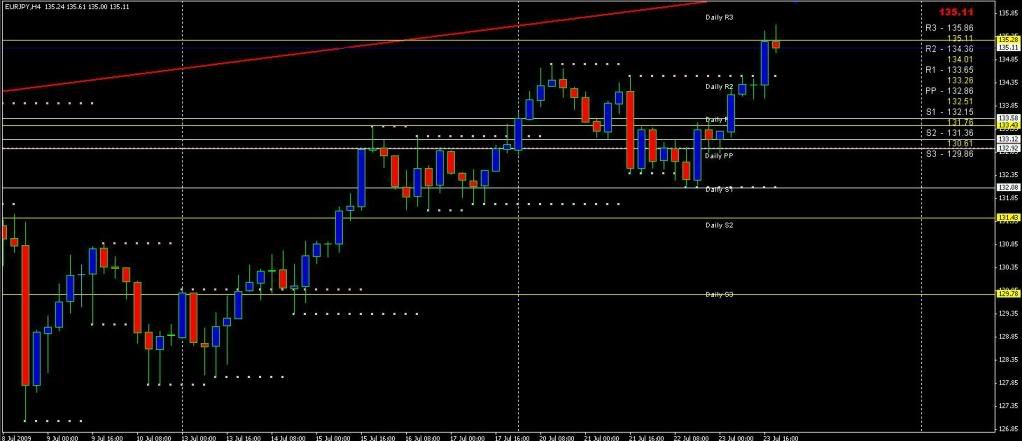No no, I was just throwing those questions/comments out there to get a little feedback about where edacsac was going with his thought process is all � not meant to be a deep & meaningful chin scratcher!
Let me give you an example of where I�m coming from with my last comments:
We�ve been looking at the pound/yen this week yeah?
I threw up a chart last Sunday on here: http://forums.babypips.com/free-forex-trading-systems/25839-my-basic-chart-analysis-method-10.html and a couple more follow ups on here as it developed, with one or two level/zone markers that piqued my interest & would tempt me if they reacted.
Those zones were marked off via a 4 hour chart reference study.
So, given I highlighted the zones & considered them worthy of careful inspection next time price knocked their door, what do you suppose I�d be looking for if & when they touched base?
Lets take just one of those levels in isolation & drill down into the specifics to open it out a little.
Hopefully it will offer up more detail about why we wait for particular opportunities & the kind of basic stuff we continually monitor to reinforce the decision making process.
Price arrived at the 151.50 level at 4.00am London on Wednesday & spent over 11 hours arguing with it before plunging 475 pips in less than 2 hours down to a pre-mapped level that was responsible for shipping price North quite smartly only 2 months previously.
So, this was the 1st test of that potential demand zone this time around.
475 pips in a heartbeat, to a typical reaction level we highlight on here constantly.
Price had travelled over 500 pips already that day & arrived at 146.75 as London was closing up shop for the day.
Average range for the 10 & 20 day prints are striking in at the 290 pips level.
What do you suppose the odds are that a bounce was likely at that previously identified s&r level?
If the level/zone is a potentially hot potato & it begins to display behavior traits that typically develop into a playable high odds/low risk trigger, then does it really matter which timeframe you key in off?
I�m not suggesting this is right & what you guys plan to do is wrong or inferior � I�m just putting it out there to see what bubbles to the surface!
Ok, I got a conf call to get stuck into. Enjoy your weekends!
Small timeframe option:

Larger (4 hour) timeframe option.

























